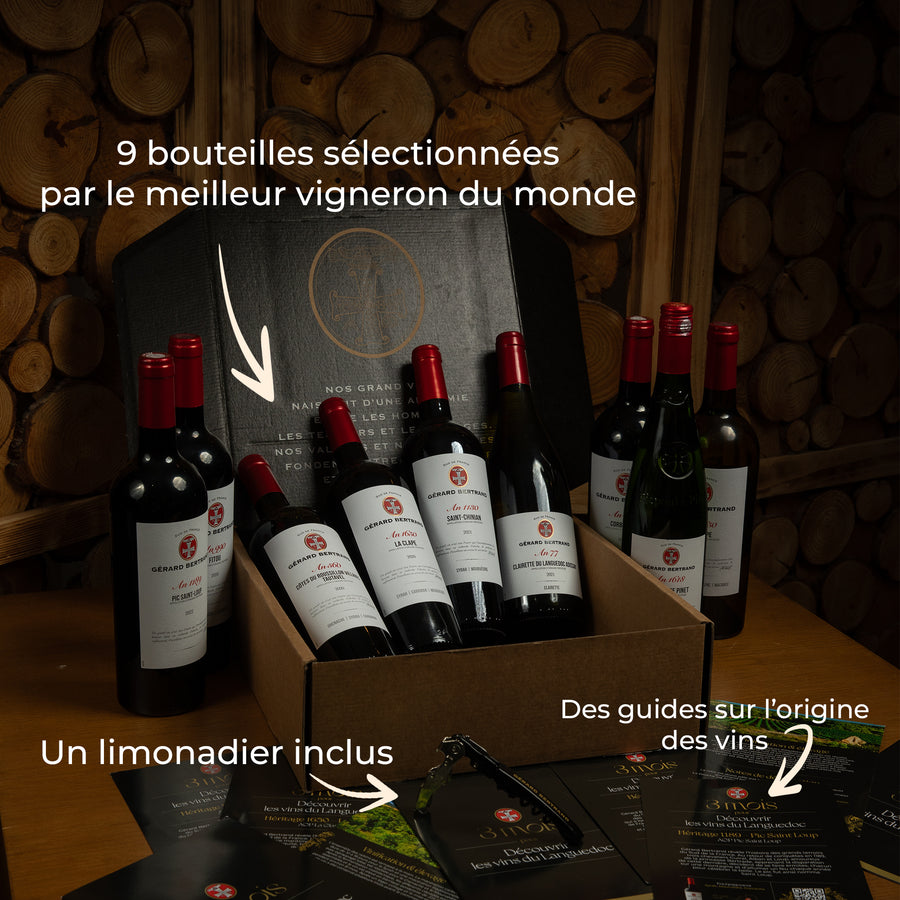Welcoming the future to Villemajou on living soil

"The wine must taste of somewhere, not of something." Gérard Bertrand produces wines that taste of their terroir, on soil worked biodynamically. A desire that takes full effect during the harvest. Explanations in Villemajou.
The lands of Saint-André, protected by the first foothills of the Corbières, shelter the vines of the Villemajou estate, where it all began for the Bertrand family. In the rows of Roussanne, the team of harvesters harvests the grapes, which, blended with the Marsanne and Vermentino grape varieties, will give the next vintage of Château de Villemajou Grand Vin Blanc .
At the helm of this 2021 harvest, Fabrice Bousquet looks back on 12 years of service alongside Gérard Bertrand. Manager of 60 hectares, he provides continuous care to his plots all year round and is delighted with the health of the grapes: "We are proud of the health of our vines. For us, it is a real reward to see the fruit of our work. Today, we are happy, as a team."
“The terroir is sublimated when the soils are alive”
In his latest book La Nature au cœur , Gérard Bertrand explains that "The terroir is sublimated when the soils are alive: the grapes of the terroirs capture the imprint of their biotope with the help of the wind, the sun and the rain and release, through the alchemy of fermentation, this origin in the wine". For Fabrice, the vine is also an animated organism that begins in the soil. He has witnessed the evolution of the vine since the conversion of the estate to biodynamics and explains one of the many differences: " In a traditional system, it is the roots close to the earth that nourish the vine, whereas in biodynamics, the vine resumes a so-called "normal" progression with stronger rooting and a high resistance potential".
From soil to stump, from stump to leaf and from leaf to grape
The story of each plot begins on a terroir, preserved and energized by biodynamics. Here, no weedkiller or chemical fertilizer. The grass is cut, the soil turned over, using manual techniques. And at the end of the harvest, when the leaves fall naturally, one by one, it is sheep that take over on the estate. They feed on the grass, produce natural fertilizer and thus nourish the soil. The cycle of life then resumes its course and the taste, this much sought-after bouquet of this "somewhere" returns. One harvest after the other. On the terroir of Corbières.
















Bonjour,
Avoir su sauvegarder ce terroir des Corbières n’a pas dû être une chose facile.
Bravo Gérard, ton côté visionnaire te récompense, je te félicite
Encore Bravo pour les magnifiques cuvées que tu nous proposes.
Bon courage
Leave a comment